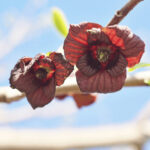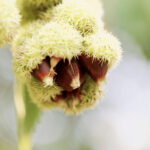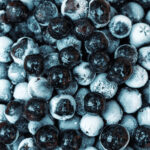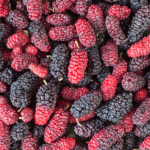Plant Profile: Pawpaw – The Forgotten Fruit of America’s Heartland
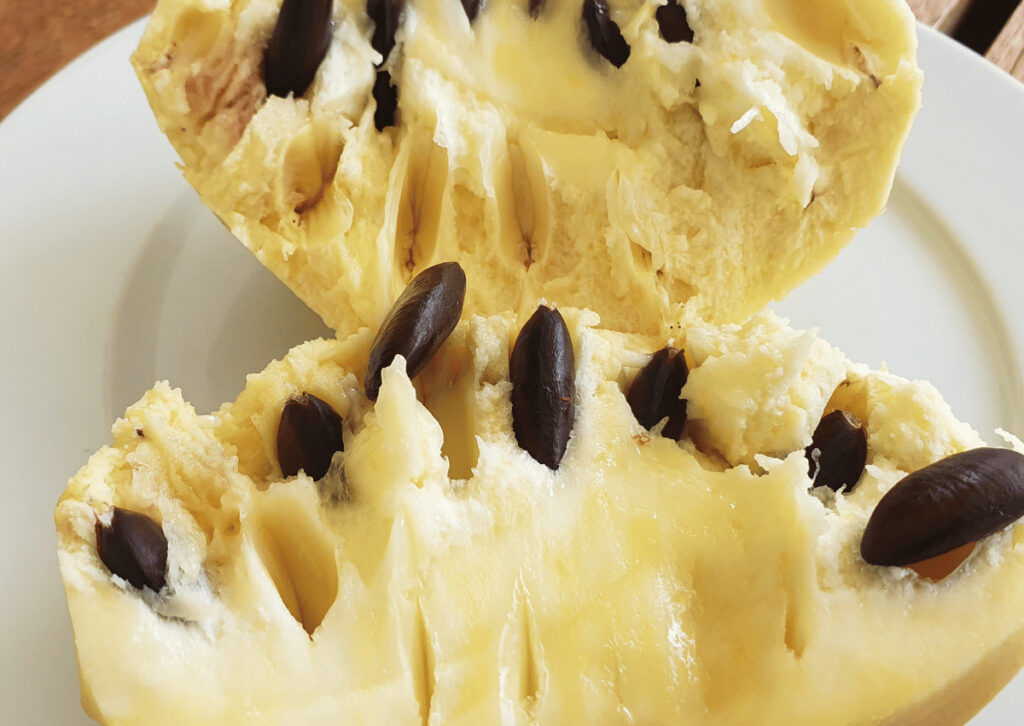
The Pawpaw (Asimina triloba), also known as the Indiana Banana, Hoosier Banana, or the American Custard Apple, is a unique fruit-bearing deciduous tree native to the United States.
Classification
The Pawpaw belongs to the Annonaceae family in the plant kingdom. Its genus is Asimina and the species is triloba.
Origin and Distribution
The Pawpaw is native to the Eastern, Southern, and Midwestern United States and extends as far north as Ontario, Canada. It can be found growing in the wild in well-drained, fertile soils of river bottoms and shady, rich woods.
USDA Hardiness Zones
Pawpaw trees can grow in USDA hardiness zones 5 through 9.
Growth Habits
Pawpaw trees are known for their distinctive growth habits. They typically reach a height of 10-20 feet (3-6 meters) and a spread of 15-20 feet (4.5-6 meters). However, under optimal conditions, they can grow up to 35 feet (10.6 meters) tall.
The trees are deciduous and have a pyramidal to rounded shape. They feature large, drooping, elliptical leaves that turn a golden yellow in the fall. The leaves are arranged alternately on the branches, giving the tree a lush, tropical appearance.
Pawpaw trees prefer growing in full sun to partial shade. They can tolerate a variety of soil types, but they thrive best in well-drained, deep, fertile soil. The trees have a moderate growth rate and can take several years to reach their mature size.
In terms of water requirements, Pawpaw trees prefer a consistently moist soil environment, but they have some drought tolerance once established. It’s important to note that while Pawpaw trees can tolerate some shade, fruit production is best in full sun.
The trees bloom in the spring, producing maroon, bell-shaped flowers that give way to large, edible fruits. The fruits ripen in the fall and have a custard-like texture and a sweet, tropical flavor.
One unique aspect of the Pawpaw’s growth habit is its tendency to form clonal colonies. A single tree can spread via root suckers to create a grove of Pawpaw trees over time. This can be a beneficial trait for creating a dense, naturalized planting, but it may require some management in a more formal garden setting.
Overall, the Pawpaw is a low-maintenance tree that can add a unique, tropical feel to a landscape while also providing edible fruit.
Role in a Food Forest
In a food forest, the Pawpaw typically occupies the understory layer.
Benefits for Hugelkultur or Permaculture Systems
Pawpaw trees are excellent for permaculture systems due to their ability to grow in various light conditions and their production of large, nutritious fruits. Read more about Pawpaw in Permaculture: How to Incorporate Pawpaw into Your Food Forest
Culinary and Medicinal Uses
Pawpaw fruits have a custard-like texture and a sweet, tropical flavor that is often used in desserts. The fruit is also rich in vitamins C and A. The bark has been used in traditional medicine for its antiparasitic properties.
Cultural Significance
The Pawpaw holds a significant place in the cultural history of Native American tribes, particularly the Shawnee. This fruit represents a tangible connection between the Shawnee and their ancestral lands in what is now known as Appalachia. The Shawnee even marked time by the phases of the moon, designating the month of September as “ha’siminikiisfwa”, or Pawpaw month, indicating the time when the Pawpaws were ripe and ready for harvest.
Despite the Shawnee tribe being forcibly removed from their Ohio Valley home in Appalachia due to the Indian Removal Act of 1830, their connection to the Pawpaw tree has endured. The Pawpaw’s presence persists in their memory and language, even though the tree is largely absent from their current physical surroundings in Oklahoma. Some tribal members have even taken to planting Pawpaw trees in their yards to maintain this cultural link.
The Pawpaw also plays a role in the ongoing efforts to recover and preserve indigenous food knowledge. Dr. Devon Mihesuah, a professor at the University of Kansas and a citizen of the Choctaw Nation, has been working to reintroduce indigenous foods like the Pawpaw into modern diets. She views the reconnection with ancestral foods as a form of healing historical trauma. The Pawpaw, with its rich cultural history and unique flavor, is a part of these efforts to reclaim and celebrate indigenous foodways. (Source)
.
Propagation and Care
Pawpaw trees can be propagated from seed and require minimal care once established, though they do benefit from mulching and regular watering.
Pests and Diseases
Pawpaw trees are resistant to most pests and diseases, though they can occasionally be affected by fungal diseases if conditions are overly wet.
Harvesting and Storage
Pawpaw fruits are typically harvested in late summer to early fall when they are slightly soft to the touch. They can be stored in the refrigerator for a few days.
Fun Facts about the Pawpaw
It is the largest edible fruit native to the United States.
Dive Deeper into the World of Pawpaw
Enjoyed our brief introduction to the Pawpaw tree? Ready to dive deeper? In our article: Pawpaw in Permaculture: How to Incorporate Pawpaw into Your Food Forest, we explore the role of Pawpaw in permaculture design. Learn how this unique tree contributes to biodiversity, enriches soil health, and aids in achieving food self-sufficiency in a food forest. We also provide practical tips for incorporating Pawpaw into your garden, regardless of your region. Don’t miss this opportunity to expand your knowledge on Pawpaw in permaculture.

